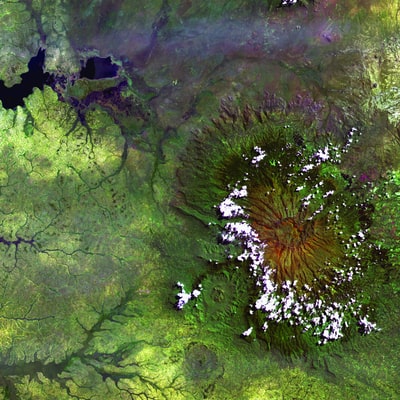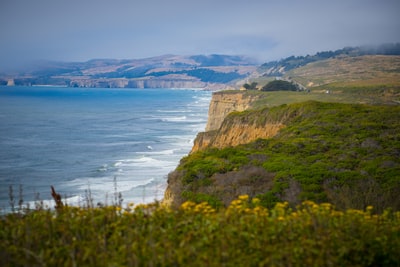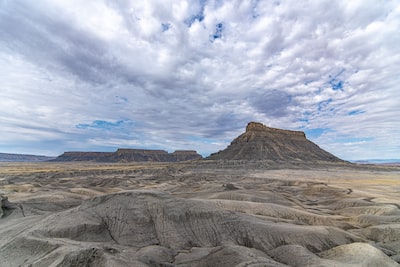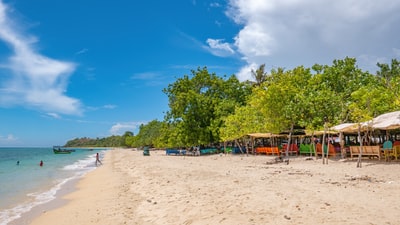Processes such as weathering, erosion, mass movement, transportation and deposition have an impact on the shape of our coasts.
Great Britain is an island and has been for thousands of years. However, the English Channel is a very shallow sea and at various times in history our island has been connected to mainland Europe – the last time being only 8,000 years ago. So although our coastline seems permanent, in reality it is in a constant state of flux.
A wide range of weathering processes have helped to shape Britain’s coastline. These include mechanical processes, such as the movement of glaciers and movement of the ocean; chemical processes, where contact with water changes the make-up of the rock; and human activity, such as the construction of defensive sea walls and harbours.
The constant interaction with the sea has a huge impact on a coast’s shape. Waves can be both constructive and destructive. Generally speaking, when the beach or cliff is at a steep angle, they tend to be destructive – they pound the shore, breaking up the cliffs and rocks. This is known as erosion, and there are several distinct types of erosion:
Hydraulic power: air is trapped in cracks in a cliff or rock. As waves break this air becomes compressed and the structure is weakened until it collapses.
Abrasion: waves often carry minute particles of sand and grit. As these come into contact with the coast they act like sandpaper, scouring the surfaces until they are smooth.
Attrition: when we see pebbles on a beach, we are seeing the result of millions of years of waves smashing rocks into one another until they become smaller and rounder.
Solution: where cliffs and rocks are made of softer rock like chalk and limestone, the acids in the sea water gradually weaken them.
When the beach is at a low angle, waves dump material onshore. This is called deposition. The way in which waves carry material is known as transportation. The four types of transportation are:
Traction: where large rocks are rolled along the ocean floor.
Saltation: smaller particles (such as pebbles) are rolled along the ocean floor.
Suspension: where material (such as sand) is carried along by the waves.Solution: where very small particles are dissolved and carried by waves.
When waves break at an angle on the shore, the beach has a zigzag shape. This process is known as longshore drift.






